Battery Metals Snapshot: Eight companies developing minerals critical for a low-carbon future
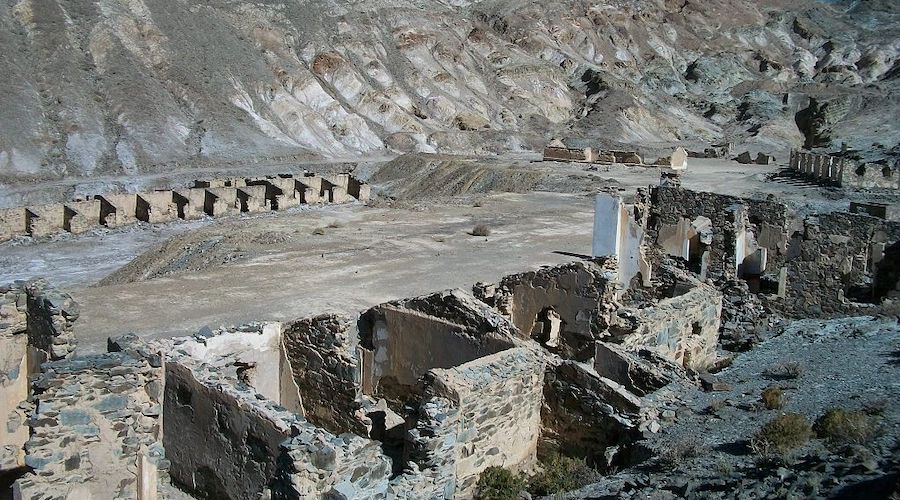
The properties lie within the famed Lithium Triangle of South America, an arid region of the Andes mountains encompassing parts of Argentina, Bolivia, and Chile. The region produces about half of the world’s lithium and hosts approximately 60% of known reserves.
According to Argentina Lithium, all four properties are close to critical infrastructure and can be accessed year-round via an existing road network.
The company recently acquired a 100% interest in Rincon West and Pocitos.
In March, Argentina Lithium commenced an advanced geophysical imaging survey of the 24.7-sq.-km Rincon West property, located in the Salar de Rincon in Salta province. It said the planned 40-line-km of deep-seeing transient electromagnetic (TEM) sounding survey would image the sub-surface of the basin and facilitate target definition for an approximate five-hole follow-up drill program, slated to start in the second quarter.
“Acquiring advanced sub-surface resistivity data at the project will provide vital information on the lithium potential and extent of brine within the property,” said Nikolaos Cacos, Argentina Lithium’s CEO.
“With these data in hand, we expect to quickly move to drill testing the project to validate the targets, and to assess grade and estimates of brine content of the host formations,” he added.
This year, the company also plans to conduct a 35-line-km TEM survey of Antofalla North, located less than 20 km west of Argentina’s largest lithium producing operation at the Salar de Hombre, and an approximate three-hole follow-up drill program on the property; a 50-line-km TEM survey of Pocitos; and a 50-line-km TEM survey of Incahuasi.
Argentina Lithium & Energy has a market capitalization of $26.6 million.
Canada Nickel
Canada Nickel (TSXV: CNC; US-OTC; CNIKF) is advancing the next generation of high-quality nickel-cobalt projects.
The Toronto-headquartered junior’s focus is on its 100%-owned Crawford nickel-cobalt sulphide project in the Timmins- Cochrane mining camp of northeastern Ontario, approximately 42 km north of Timmins.
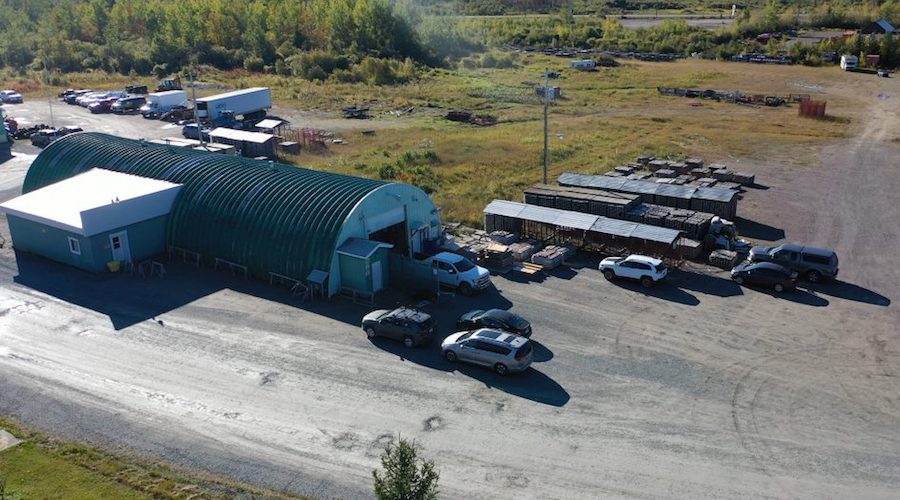
The company’s flagship property benefits from access to regional infrastructure, including power, water, and rail connection, and is also bisected by a paved highway that offers year-round access. It also benefits from a nearby skilled workforce.
A preliminary economic assessment (PEA) for Crawford in May 2021 outlined a conventional open-pit mine and mill operation with a 25-year mine life and average annual production of 75 million lb. of nickel, 860,000 tonnes of iron, and 59,000 tonnes of chromium. The total life-of-mine output is 842,000 tonnes of nickel, 21 million tonnes of iron, and 1.5 million tonnes of chromium.
All-in sustaining costs (AISCs) are expected to average $1.94 per lb. of nickel on a byproduct basis over the life of the mine. The PEA estimated an initial capex of $1.9 billion, with $3 billion budgeted for sustaining capital over the life of the mine. The resulting after-tax net present value was $1.2 billion, using an 8% discount rate and $7.75 per lb. of nickel, $1.04 per lb. of chromium, and $290 per tonne of iron. The internal rate of return was estimated at 16%.
The early-stage study was based on measured and indicated resources of 653.5 million tonnes grading 0.26% nickel, 0.6% chromium, 6.58% iron, and 0.013% cobalt for 1.7 million tonnes contained nickel, 3.9 million tonnes chromium, 43 million tonnes iron, and 85,200 tonnes of cobalt, and inferred resources of 497.2 million tonnes grading 0.24% nickel, 0.61% chromium, 6.74% iron, and 0.013% cobalt for 1.2 million tonnes of nickel, 3 million tonnes of chromium, 33.5 million tonnes of iron, and 63,900 tonnes of cobalt.
In November, Canada Nickel consolidated its land position in the Timmins area, completing 18 transactions that resulted in the outright acquisition or earn-in option on 13 additional properties within a 95-km radius of Crawford.
The company said that 10 of these properties have larger footprints than Crawford and nine contain the same host mineralization as Crawford.
Canada Nickel has a market capitalization of $229.7 million.
Cypress Development
Canadian explorer Cypress Development (TSXV: CYP; US-OTC: CYDVF) is focused on advancing its 100%-owned Clayton Valley lithium project in southwest Nevada, about 56 km southwest of the mining town of Tonopah.
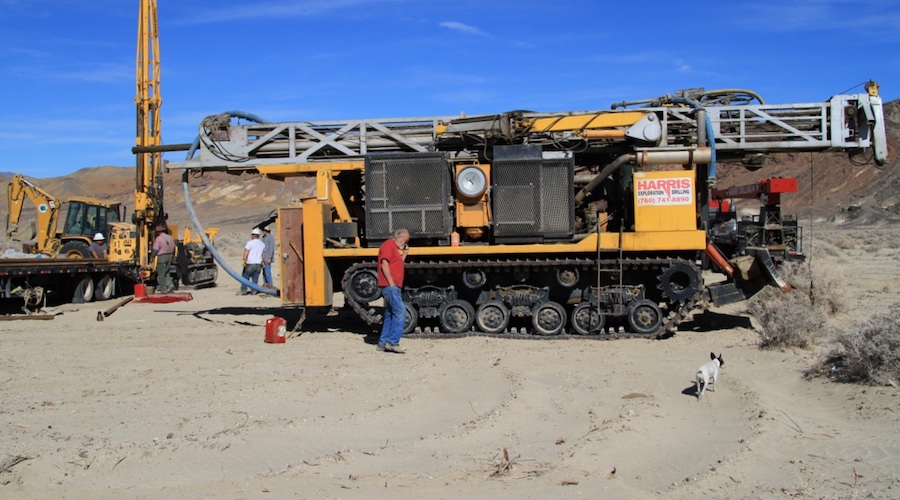
The 22-sq.-km property sits immediately east of Albemarle’s (NYSE: ALB) Silver Peak mine, North America’s only lithium brine operation. It is also located adjacent to the Clayton Valley lithium project being developed by Pure Energy Minerals (TSXV: PE; US-OTC: PEMIF).
In February, Cypress announced that it had started a feasibility study for Clayton Valley lithium.
That same month, the company also consolidated its land position in the area, entering into a definitive purchase and sale agreement with Enertopia (US-OTC: ENRT) to purchase its Clayton Valley claystone project, immediately adjacent to Clayton Valley lithium.
Under the deal, Cypress will pay Enertopia $1.1 million in cash and issue 300,000 common shares in Cypress to acquire 100% ownership of the project. The deal is expected to close in April.
An updated mineral resource estimate for the Clayton Valley lithium project in August 2020 estimated 926.6 million measured and indicated tonnes grading 1,062 parts per million (ppm) for 5.2 million tonnes of lithium carbonate equivalent (LCE).
The new resource included assays from an additional four drill holes not included in the calculations for a prefeasibility study (PFS) released in May of that year, the company said.
The PFS estimated the project could produce 27,400 tonnes of lithium carbonate equivalent (LCE) per year over 40 years of mine life. The production figures are based on a probable reserve of 213 million tonnes grading 1,129 ppm lithium for 240,900 tonnes of lithium (1.3 million tonnes LCE).
Initial capital costs stand at $493 million, with operating costs averaging $3,387 per tonne of LCE. The study estimated an after-tax net present value of $1.1 billion at a discount rate of 8% and $9,500 per tonne of LCE. The internal rate of return was pegged at 25.8% and the payback period at 4.4 years.
The mining plan in the study was based on an average mill feed rate of 15,000 tonnes per day. The extracted ore would then be transported to a nearby processing plant where it would be leached with dilute sulphuric acid leach, followed by filtration, solution purification, concentration, and finally electrolysis to produce lithium hydroxide.
Cypress said that metallurgical testing indicated that low-cost processing could be achieved by leaching with low-acid consumption and a high lithium recovery, with 80-85% projected recoveries.
Cypress Development has a market capitalization of $201 million.
FPX Nickel
FPX Nickel (TSXV: FPX; US-OTC: FPOCF) is a Canadian exploration company looking for nickel in British Columbia and the Yukon.
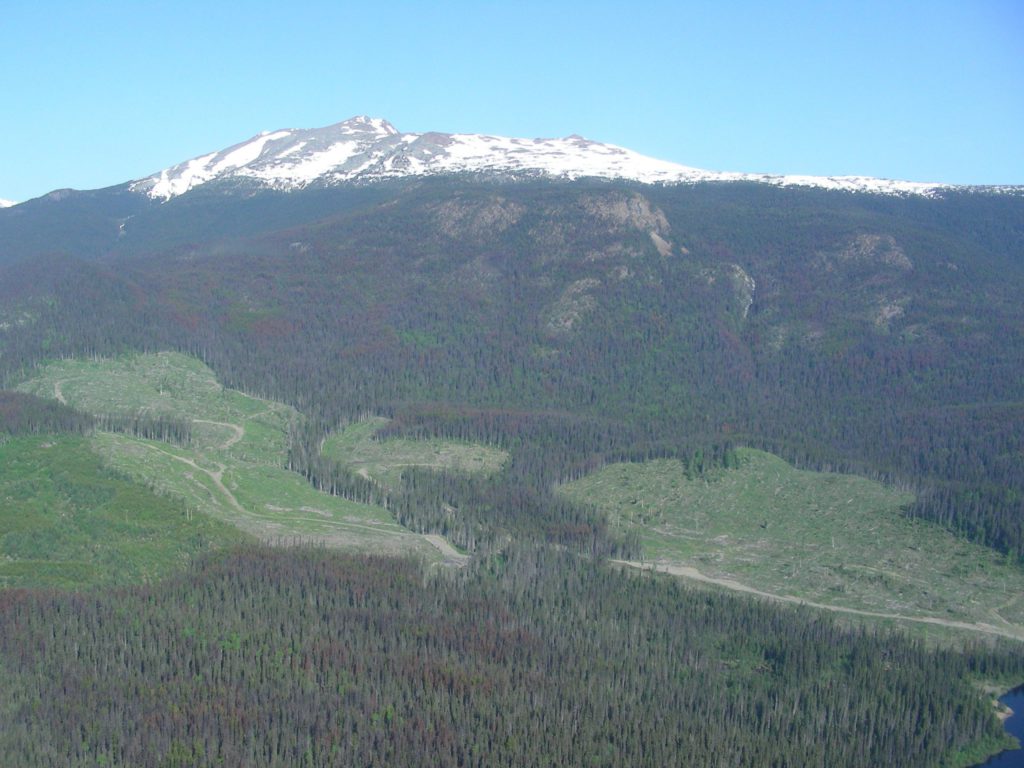
The Vancouver-based junior’s focus is on the Baptiste project, part of its 100%-owned, 245-sq.-km Decar nickel district in central British Columbia. The project is located approximately 90 km north of Fort St. James and 530 km north of Vancouver.
According to FPX, Baptiste is the most accessible of four target areas in the district and has the most extensive known surface footprint.
In March, the company reported assays from a 10-hole summer 2021 infill drill program on the project, the first holes drilled on Baptiste since 2017. The drilling was designed to convert near-
surface inferred resources into the indicated category to support a preliminary feasibility study.
Highlights included drillhole 21BAP073, which returned the third-highest grading broad interval of near-surface nickel mineralization in the project’s history, intersecting 254.9 metres of 0.151% Davis Tube magnetically recoverable (DTR) nickel from 48.1 metres downhole, including 157.3 metres of 0.154% DTR nickel.
Hole 21BAP074, collared approximately 153 metres along strike of 21BAP073, returned 317.2 metres grading 0.135% DTR nickel from 33.8 metres, including 114 metres of 0.159% DTR nickel.
The company said that the drilling validated the block model used in a 2020 preliminary economic assessment (PEA) and potentially expanded higher-grade, near-surface DTR nickel mineralization at the deposit.
The PEA envisaged the mining of a total of about 1.5 billion tonnes of indicated and inferred material averaging 0.120% DTR nickel over a 35-year mine life, with approximately 89% of this mineralization in the indicated category and 11% in the inferred category.
The recent drill results follow up on results from initial drilling earlier in the year on the Van target, about 6 km north of Baptiste. The results defined a zone of strong awaruite nickel mineralization approximately 400 to 750 metres wide, up to 750 metres long, and to downhole depths of up to 350 metres. FPX believes the zone also has the potential to host a large-scale, standalone nickel deposit similar to Baptiste.
The company’s other properties in British Columbia include Orca, Wale, and Klow. It also holds a 100% interest in the Mich property in the southern Yukon.
FPX Nickel has a market capitalization of $136.2 million.
Graphite One
Vancouver-headquartered Graphite One (TSXV: GPH; US-OTC: GPHOF) is focused on developing its 100%-owned Graphite Creek graphite project in Alaska’s Seward Peninsula, about 55 km north of the city of Nome.

The company says Graphite Creek is the highest grade and largest known large flake graphite deposit in the U.S.
Graphite flakes from the project will be used to produce high-grade coated spherical graphite (CSG) for the anodes of lithium-ion batteries.
In March, Graphite One announced that Washington State would be the location for its advanced materials processing plant, which it said would bring battery anode production to the U.S. In April, the company announced a memorandum of understanding with Sunrise (Guizhou) New Energy Material, a Chinese lithium-ion battery anode producer, to develop the facility, details of which will be included in a prefeasibility study slated for the second quarter.
While the plant would be engineered to accept multiple feedstocks required for anode production, the company said that Graphite Creek would be the anchor source for the facility.
The company also signed a non-binding agreement in April with battery materials recycler Lab 4 to build a recycling plant for end-of-life electric vehicle (EV) and lithium-ion batteries in Washington state.
Last year, Graphite One completed a 2,052-metre drill program on its Graphite Creek project, including 1,695 metres of core drilling and 357 metres of sonic drilling. The drilling included infill and stepout drilling in the resource area and additional geotechnical drilling at the proposed open-pit mine sites and infrastructure on the property.
According to a 2019 resource update, the project has measured and indicated mineral resources of 11 million tonnes grading 7.8% graphite for 850,534 contained tonnes of graphite. The inferred resource stands at 91.9 million tonnes grading 8% graphite for 7.3 million tonnes. The resource estimate used a cut-off grade of 5% graphite.
Drill results from the 2021 drilling campaign are expected to be released this quarter. Graphite One says the results will generate additional information to update the resource model and provide technical data which it expects to be available for use in the upcoming prefeasibility (PFS) study.
The PFS builds upon a 2017 preliminary economic assessment (PEA) that outlined plans for an open-pit mine at Graphite Creek that would produce approximately 60,000 tonnes of graphite concentrate annually over a 40-year mine life. The processing facility is expected to convert the concentrate into 41,850 tonnes per year of CSG, plus 13,500 tonnes of purified graphite powders annually.
The PEA estimated preproduction capital costs at $363 million, including the construction of a processing facility and a manufacturing plant.
This year, Graphite One plans to start a feasibility study for Graphite Creek and conduct a drill program focused on infill and stepout drilling to increase the resource estimate.
Graphite One has a market capitalization of $129 million.
Graphite One
Nouveau Monde Graphite (TSXV: NOU; NYSE: NMG) is progressing the development of its wholly-owned Matawinie graphite project in Saint-Michel-des-Saints, Que., about 120 km north of Montreal.
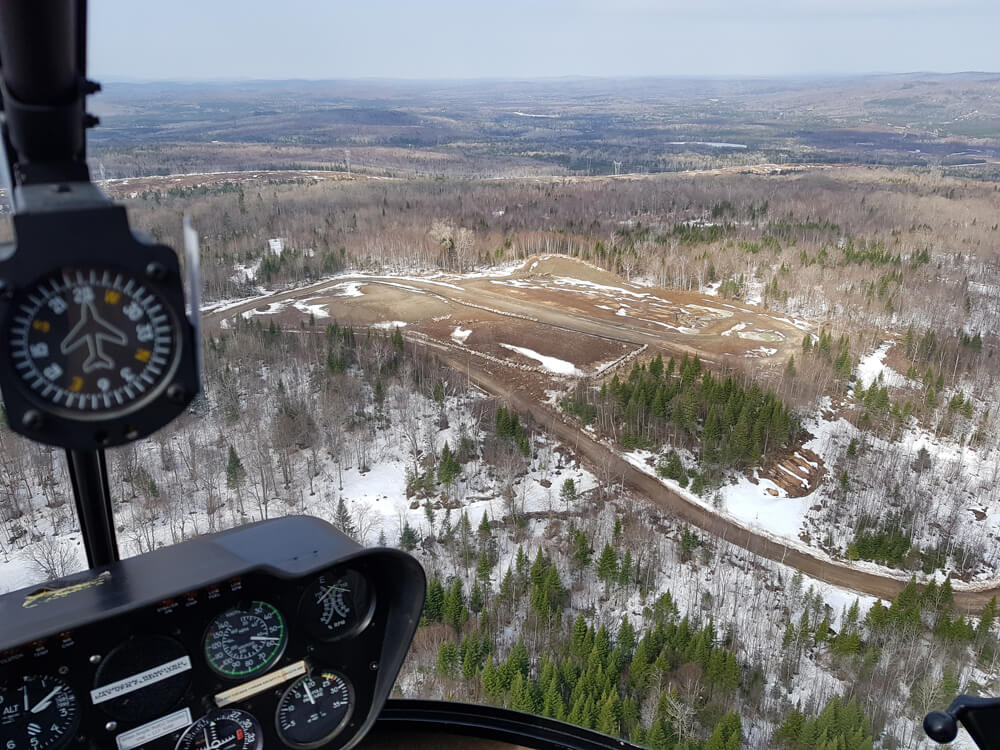
The company says it is taking a phased approach and is developing the project as a vertically integrated source of green, high-purity flake graphite for conversion to battery-grade graphitic material for the anodes of lithium-ion batteries.
According to Nouveau Monde, the Matawinie mine will be the world’s first open-pit mine to employ an all-electric fleet. The mine will also be powered by renewable hydroelectricity, potentially creating a carbon-neutral mining operation.
In March, the company announced that it is advancing towards the final stages of the Phase 1 facilities build, with the construction of the coating line well underway. Once this last step is complete, it expects to commission a 2,000-tonne-per-year capacity integrated graphite production line of battery-grade anode material by the middle of the year.
In the same announcement, the company said it is also defining the updated economics model for Phase 2 of the process, and is currently engaging with potential customers and financial partners to support the delivery of full commercial-scale facilities.
A feasibility study for Matawinie in October 2018 envisaged a mining operation with an annual production of 100,000 tonnes of graphite concentrate over a 25.5-year mine life at an initial capital cost of $276 million. The resulting after-tax net present value was estimated at $751 million at an 8% discount rate, with the internal rate of return estimated at 32.2%. The initial capital costs would be paid back in 2.6 years.
An updated pit-constrained resource estimate in 2020 outlined 120.3 million measured and indicated tonnes grading 4.26% graphitic carbon (Cg) for 5.1 million contained tonnes. Inferred resources stand at 4.5 million tonnes of 4.43% Cg for 200,000 tonnes.
Nouveau Monde Graphite has a market capitalization of $378 million.
Sayona Mining
Australian lithium producer Sayona Mining (ASX: SYA; US-OTC: SYAXF) has assets in Quebec and Western Australia.
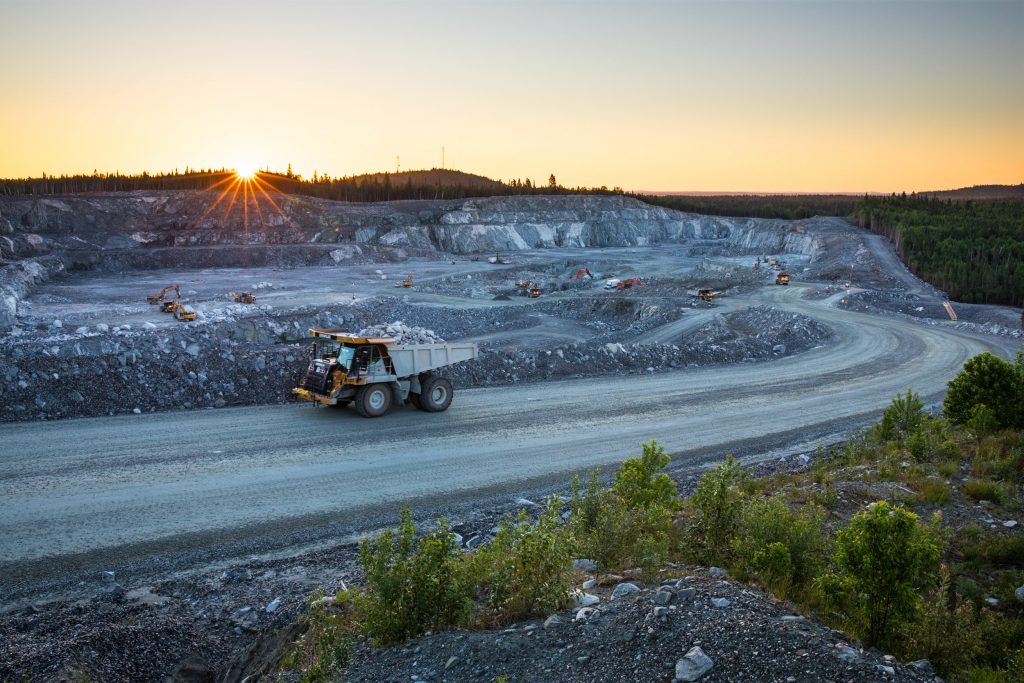
The company recently released an updated mineral resource estimate for its 100%-owned North American Lithium (NAL) and Authier projects in Quebec, doubling the previous resource estimates.
The JORC-compliant lithium resource for the two projects now stands at 119.1 million combined measured, indicated, and inferred tonnes grading 1.05% lithium oxide (Li2O) for 1.3 million tonnes contained Li2O.
Sayona says it is the first JORC-compliant resource estimate for the projects since it acquired NAL with its joint-venture partner Piedmont Lithium (ASX: PLL) in August 2021. Sayona acquired Authier in July 2016.
Meanwhile, the combined National Instrument 43-101 measured and indicated resource for the two projects grew to 87.8 million tonnes grading 1.05% Li2O for 919,900 tonnes of Li2O, with inferred resources of 31.2 million tonnes grading 1.07% Li2O for 334,200 tonnes of Li2O.
The updated resource, the company said, represents the identification of the first underground constrained resources at NAL and takes advantage of the high-grade mineralization at depth. Combined with the inferred mineralization within the open-pit constrained estimate, this offers scope for further increases in NI 43-101-compliant resources, it said.
Sayona expects to complete a definitive feasibility study for an integrated NAL-Authier mining operation within the coming weeks.
In January, the company expanded its land position in northern Quebec by acquiring 121 new claims (known as the Lac Albert project) spanning 65 sq. km, about 3.5 km west of its Moblan lithium project, in which it holds a 60% interest with its joint-venture partner SOQUEM Inc.
A planned 55-hole (9,000-metre) drill program is ongoing at the Moblan deposit. The drilling aims to identify extensions to the deposit and define mineralization in nearby spodumene pegmatites such as the Moleon prospect.
According to Brett Lynch, Sayona’s managing director, Moblan and Lac Albert are located in “a proven lithium mining district, with potential to become a significant northern growth hub for Sayona, adding to our Abitibi lithium hub in the south.”
The drilling campaign, expected to be completed shortly, demonstrates the company’s commitment “to further expanding our lithium resource base, further solidifying Sayona’s leading position in the North American lithium sector,” he added.
The company’s other asset is the Corkwood graphite project in the East Kimberley region of Western Australia.
Sayona Mining has a market capitalization of $1.27 billion.
Talon Metals (TSX: TLO) aims to be a domestic source of low-cost nickel for the electric vehicle (EV) industry.
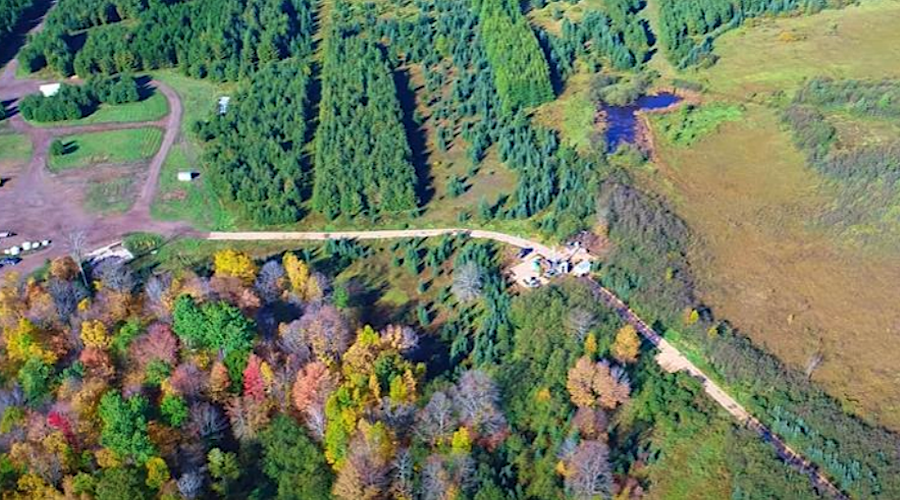
The U.S.-based company is advancing the Tamarack nickel-copper-cobalt project in which it owns 51% and Rio Tinto (NYSE: RIO; LSE: RIO; ASX: RIO) 49%. The 125.5-sq.-km property is located in central Minnesota, approximately 87 km west of Duluth, and comprises the Tamarack North and Tamarack South projects.
The company recently released assays from a drilling campaign on the CGO West area, about 100 metres northeast of the current resource area. The drilling, which extended over 400 metres, showed the presence of high-grade nickel-copper mineralization.
Highlights included drillhole 21TK0355, which intersected 15.1 metres grading 4.88% nickel, 1.68% copper, 0.12% cobalt, 0.84 gram palladium per tonne, 0.69 gram platinum, and 0.16 gram gold (5.96% nickel-equivalent and 15.89% copper-equivalent) from 202.9 metres downhole.
In January, Talon signed its first U.S. deal to supply electric vehicle maker Tesla with 75,000 tonnes of nickel in concentrate over six years from the project. The agreement is conditional on Talon earning a 60% stake in Tamarack. To earn a 60% stake, Talon must complete a feasibility study on the project and pay Rio Tinto $10 million.
A preliminary economic assessment (PEA) for the project in February 2021 envisioned a shallow underground mine amenable to bulk mining methods. The early-stage study outlined a mine life of nine years, with the first ore extracted within two years of construction. The study estimated that 10.8 million tonnes would be mined at 1.34% nickel (1.85% nickel-equivalent) at 3,600 tonnes per day.
The PEA noted that the company has the option of producing nickel sulphates for the EV market; nickel concentrates to be used for refined nickel powders for EVs; and nickel concentrate for the stainless steel market.
Mineral resources at Tamarack stand at 3.9 million indicated tonnes grading 1.91% nickel, 1.02% copper, 0.05% cobalt, 0.41 gram platinum per tonne, 0.26 gram palladium, and 0.2 gram gold (2.62% nickel equivalent). Inferred resources add 7.2 million tonnes grading 1.11% nickel, 0.68% copper, 0.03% cobalt, 0.26 gram platinum, 0.16 gram palladium, and 0.14 gram gold (1.57% nickel equivalent). The resource estimate used a cut-off grade of 0.5% nickel.
Talon Metals has a market capitalization of $479.5 million.




